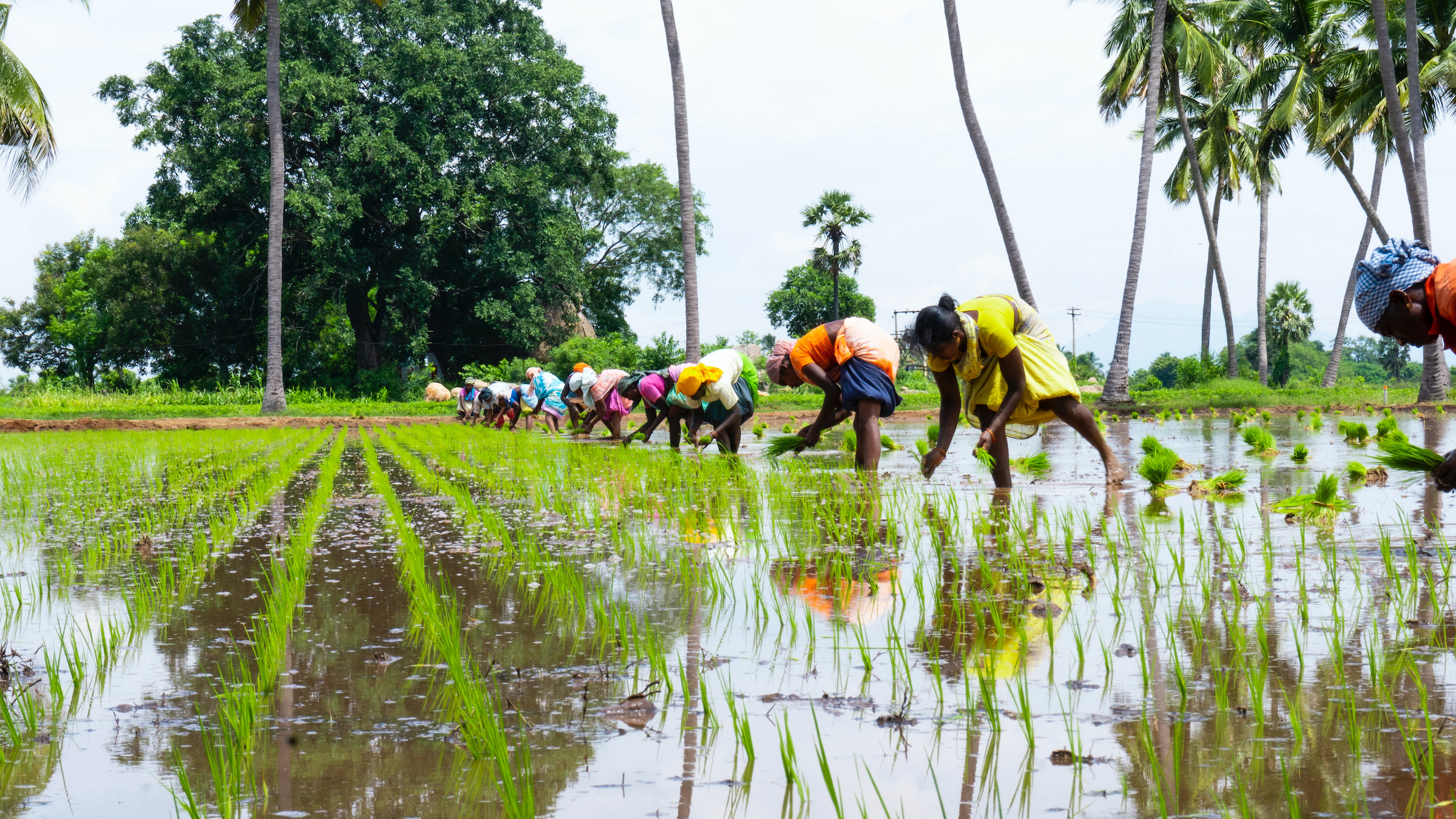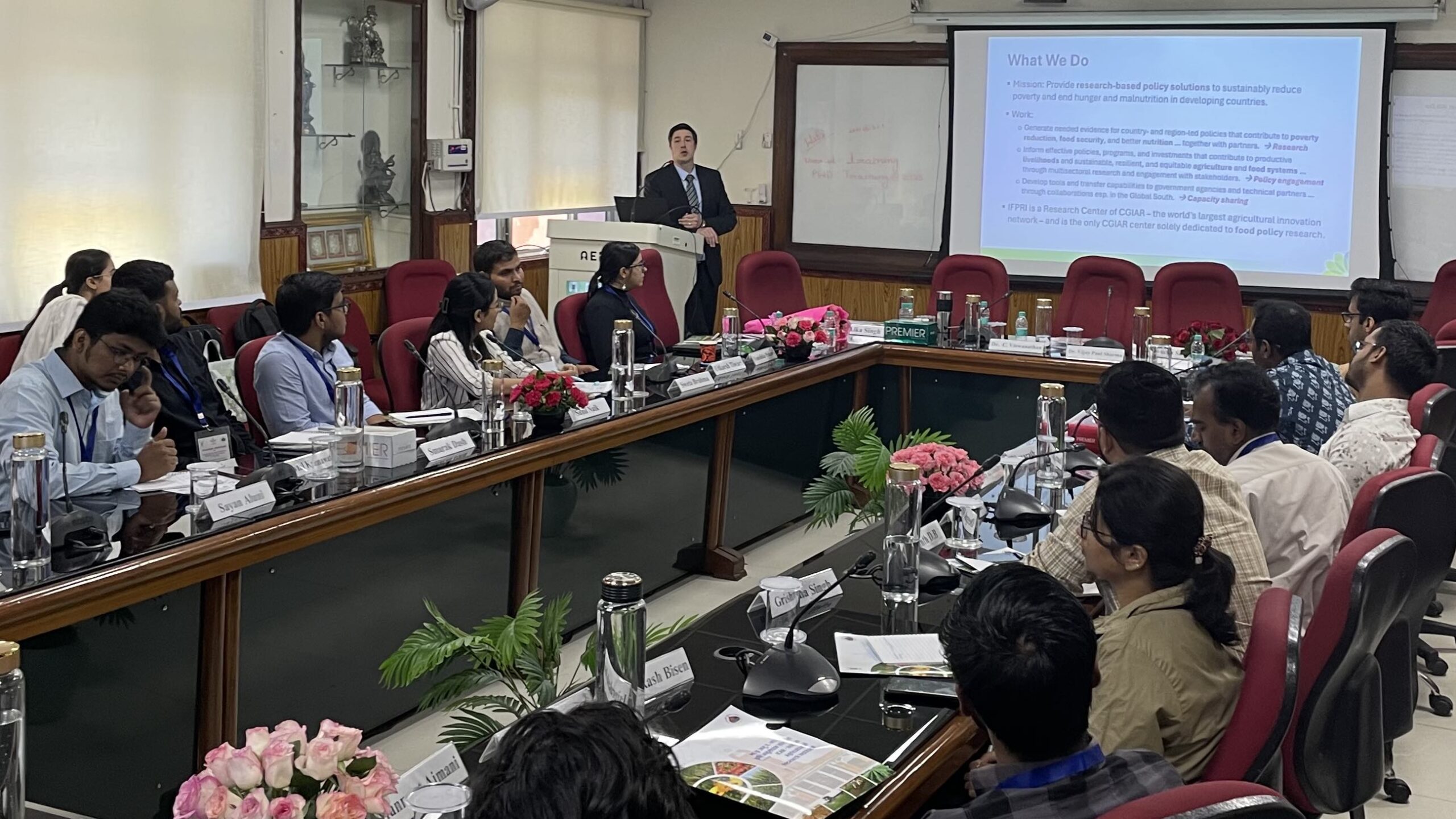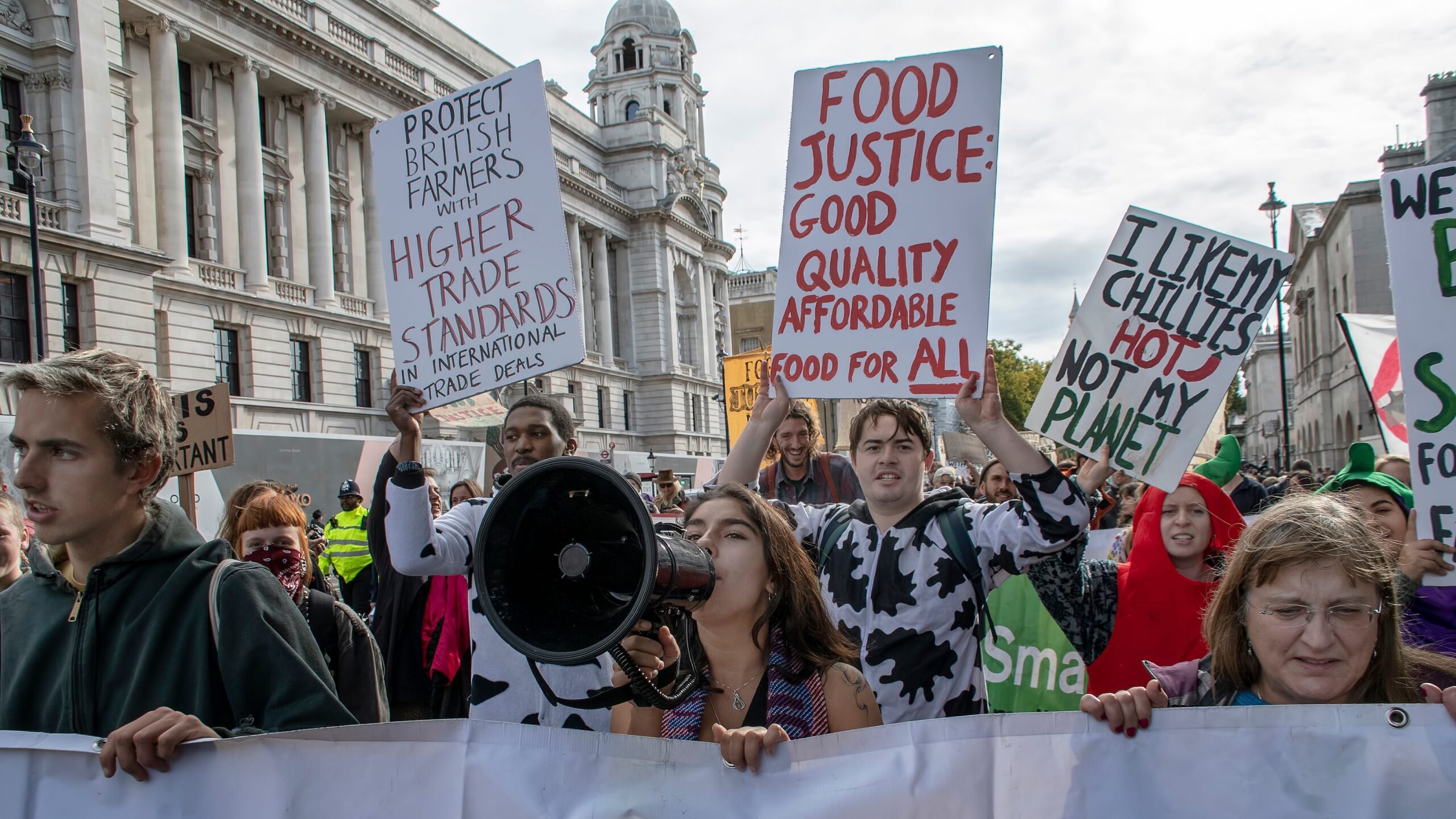In July 2023, the Indian government announced export restrictions on non-basmati white rice. Coming after earlier export limits on other types of rice, the action was taken in part due to a strengthening El Niño that threatened to limit rice production and fuel rising food inflation—a potential political liability for the Modi government as it faced upcoming general elections in spring 2024.
The measure affecting a key export crop immediately disrupted global rice markets, with the benchmark Thai white rice price increasing over 20% by early August 2023. Rice prices have remained at those levels since then (Figure 1).
Figure 1
Ultimately, however, India’s fears of tight domestic supplies did not materialize. Indian rice production in 2023/24 was better than previously anticipated (and has exceeded 2022/23 levels) and estimates for 2024/25 project higher production and stocks. Yet despite a significantly better market outlook and with general elections now concluded, India continues to maintain its export restrictions on rice.
While India’s monthly rice export volumes have increased in recent months, they remain below last year’s levels, and its export limits continue to cause supply issues for importing countries, particularly in sub-Saharan Africa, where importers must find alternative suppliers and pay higher prices. Recent press reports suggest that the government may be reconsidering the restrictions. This post reviews the impact of India’s rice restrictions over the past year on global regional markets and discusses implications for the future.
Trade restrictions currently in place
The restrictions imposed in 2022 and 2023—all still in place—include export duties, a minimum export price, and export bans (Table 1). The July 2023 ban on non-basmati white rice (excluding parboiled) was the most stringent type and had the biggest impact due to the large export volume of this rice variety, jolting the global market.
Table 1
Trade impacts
The non-basmati export ban had an immediate impact on trade. India’s rice exports for August 2023 fell 14% from July 2023 levels and 30% percent from a year earlier (Figure 2). Overall, for the 10-month period from August 2023 to May 2024, total rice exports were down 34% compared to the same 10-month period in 2022-2023. Most of the decline was in the categories where bans were imposed: Non-basmati white rice exports were down 88%; broken rice exports were down 78%. Parboiled rice exports, subject to a 20% supplementary duty, were down 11%. Basmati rice exports—subject to a more limited minimum price export restriction—were up 18% over the same period while other categories (largely brown rice) were up 11%.
Figure 2
India’s rice restrictions resulted in a decline in exports to most regions of the world, the magnitude varying depending on the proportion of rice imported in the broken rice and non-basmati categories. India rice exports to Africa during the 10-month period following implementation of the restrictions were down 43%, and to Asia, 25% (Figure 3). Exports to Europe and Oceania were down 9% and 10%, respectively. Exports to Latin America, a relatively minor importing region for India rice, were down 81%. By contrast, exports to North America were up almost 29%, reflecting the region’s large import share of basmati rice.
Figure 3
The largest shifts in buying patterns have occurred in African countries such as Senegal that in recent years have imported a significant share of rice from India (Figure 4). Prior to the restrictions, India accounted for 70%-75% of Senegal’s broken rice imports. Yet while these imports fell almost 80% in the 9-month period of September 2023 to May 2024 compared to the same period a year earlier, total imports in this category dropped only 2%. Imports from Brazil, Pakistan, Thailand, and other countries helped fill the gap. Yet while alternative suppliers have helped alleviate sourcing problems, importers like Senegal continue to face high prices caused by the restrictions.
Figure 4
Regional rice prices
The export restrictions led to significant rice price increases for India’s neighbors in South Asia that continue. (Figure 5). Nepal has seen the largest price spikes in the region. In May 2023 the price of rice (coarse) in Nepal was 58 rupees/kg; one year later it was 75 rupees/kg—a 26% rise. Sri Lanka had the next-largest increase. Both countries are heavily dependent on Indian rice imports. Bangladesh observed a more modest increase in the price of coarse rice.
Rice price inflation puts pressure on large numbers of low-income consumers in these countries, as rice consumption makes up a significant proportion of their daily calorie intake. Bangladesh leads the world in this regard—an average of 67% of per capita daily calories come from rice. In Sri Lanka, the figure is also high: 41% of calories per capita.
Figure 5
Among other South Asian countries, the experience of Pakistan—a major rice exporter—is noteworthy. Pakistan’s retail rice prices saw a sharp increase in late 2022 due to the flooding that affected its 2022 rice crop. Retail prices remained high throughout 2023. With a return to normal yields in 2023, retail prices would normally have declined, but India’s actions have kept retail prices high.
Prospects for the 2024/25 marketing year
According to the Group on Earth Observations Global Agricultural Monitoring Initiative (GEOGLAM), rice growing conditions over most of India and Southeast Asia currently appear favorable, as weather patterns in the region transition to a La Niña, which should bring above normal precipitation to the region. The U.S. Department of Agriculture estimates India’s rice exports for 2024/25 will be 18 million metric tons (MT), 2 million MT above 2023/24 levels but below the 20 million MT exported in 2022/23.
With India’s rice stocks now projected to be at record high levels and with the Modi government securing a victory in the general elections, news accounts suggest that officials are considering lifting the ban on exports of non-basmati white rice. Reports also indicate the government may move to replace the 20% export tax on parboiled rice with a minimum export tax, and could reduce the minimum export price of basmati rice by $100 to $150 from the current level of $950 a ton.
If implemented, those changes will help to reduce international rice prices, which will reduce inflationary pressures in importing countries. It will also give relief to the Indian farmers who depend on export earnings.
Joseph Glauber is a Senior Research Fellow with IFPRI's Markets, Trade, and Institutions (MTI) Unit; Abdullah Mamun is an MTI Senior Research Analyst. Opinions are the authors'.







